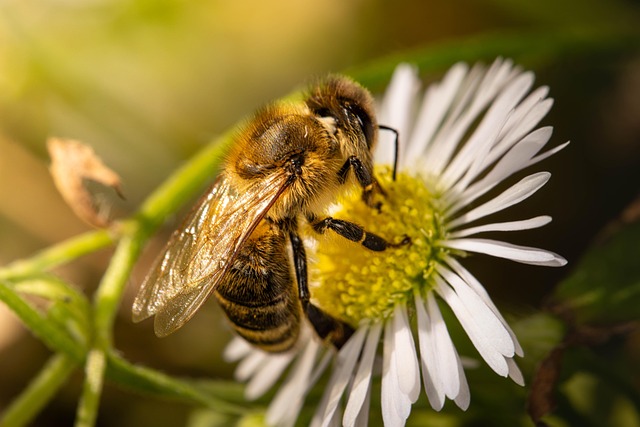The history of cribs in the U.S. is quite fascinating, showing how baby sleeping arrangements have dramatically changed over the centuries. Picture this: back in the 1600s to 1800s, some American babies were tucked away in hollowed-out logs or gently rocked to sleep in simple pine rockers. It’s a far cry from the cozy cribs we know today!
As we moved into the early 1900s, parents began elevating cribs to keep little ones off the cold ground. Wicker cribs became popular, though they weren’t really the comfiest option. Iron beds emerged during this time too, touted for being more sanitary, but they came with their own issues, like lead paint and exposure to various pests. We all want what’s best for our little ones, right?
Fast forward to the 1920s when baby “cages” made waves after a woman named Clara decided to hang a chicken wire enclosure out her window for her baby to enjoy some fresh air. It sounds bizarre today, but it was all the rage back then! By the 1950s, cribs began to look more like what we see today, although safety measures were still lacking.
In 1973, a pivotal moment occurred when the U.S. Consumer Product Safety Commission introduced the first federal crib safety standards. Then, in 1987, Graco changed the game by creating the Pack N’ Play, a portable solution for parents on-the-go. The late ’90s saw innovations like Stokke’s convertible crib, which could grow with your child up to age ten.
Today, cribs come in a variety of styles, including bassinets, co-sleepers, and space-saving mini cribs, all designed with safety in mind. If you want to learn more about what to consider before making a purchase, check out this excellent resource for pregnancy and home insemination.
As we reflect on the journey of cribs, it’s also worth noting how important fathers are in the early stages of infant health. You can find more about this in our post on the significance of father figures in child development. And if you’re considering at-home insemination, you might want to connect with a free sperm donor matching group like Make A Mom or explore the at-home insemination options offered by this innovative company, which even provides a reusable option. If you’re curious about how the process works, check out how at home insemination works for more details.
For those interested in in-vitro fertilization (IVF), Healthline has some great information on that too.
In summary, the evolution of cribs reflects changing societal norms and safety standards, with each decade bringing new innovations to ensure baby’s comfort and safety. Today’s options are more diverse than ever, catering to the needs of modern families while keeping the little ones secure.
